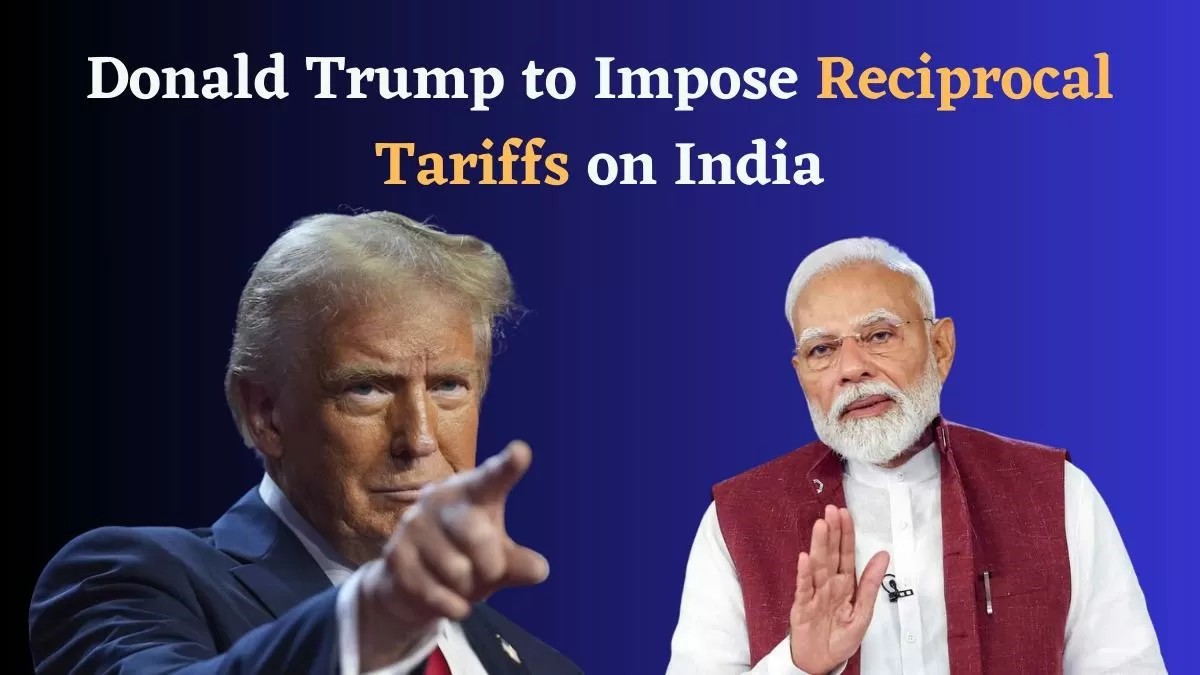U.S. Imposes Reciprocal Tariffs on India, China, Others
Why in the News?
U.S. President Donald Trump announced reciprocal tariffs from April 2, targeting India, China, and other nations with high levies on U.S. goods. He called these tariffs “very unfair” and emphasized boosting domestic manufacturing while retaliating against trade imbalances.
Key Announcement:
- S. President Donald Trump criticized high tariffs imposed by India, China, and other nations, calling them “very unfair.”
- Announced reciprocal tariffs effective April 2, targeting countries that impose levies on U.S. goods.
- Stated that products manufactured outside the U.S. will face high tariffs upon entry.
- Justified the move by highlighting higher tariffs imposed on U.S. goods by the EU, China, India, Brazil, Mexico, and Canada.
Impact on Trade & Tariffs:
- India’s auto tariffs exceed 100%, according to Trump.
- China and South Korea’s tariffs on U.S. goods are significantly higher than what the U.S. imposes.
- The S. will match tariffs imposed by other countries under the reciprocal policy.
- Additional tariffs imposed:
- 25% on imports from Canada & Mexico.
- 10% on imports from China.
- Canada retaliates with 25% tariffs on $30 billion of U.S. goods, effective March 4, 2025.
- Mexico and China plan retaliatory tariffs, including up to 15% on U.S. farm products.
Economic & Political Reactions:
- Trump emphasized that the U.S. has been “ripped off for decades” and won’t allow it anymore.
- Claimed tariffs will generate trillions of dollars and create jobs in the U.S.
- Received strong support from Republican lawmakers.
- The policy aims to balance trade and strengthen domestic manufacturing.




